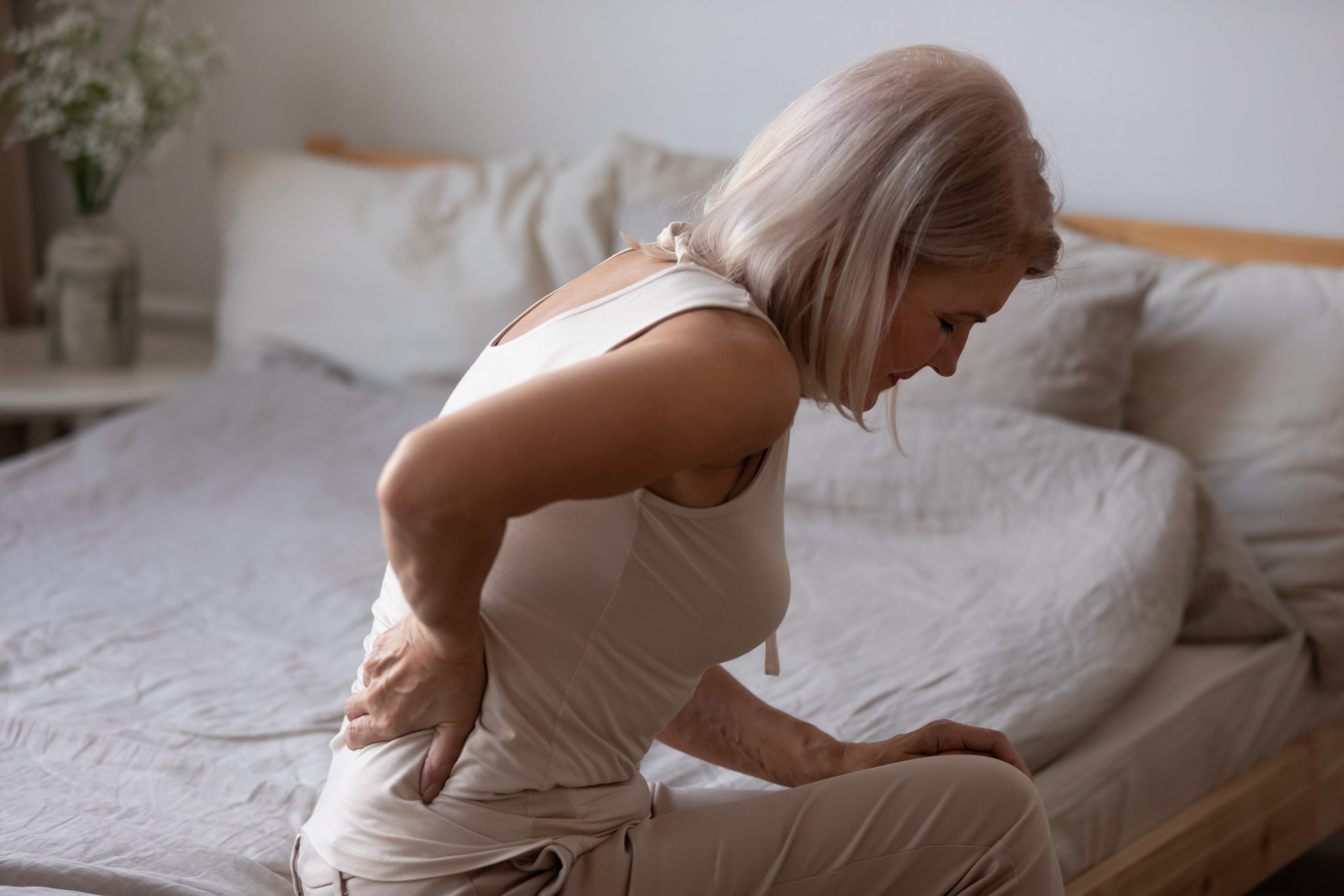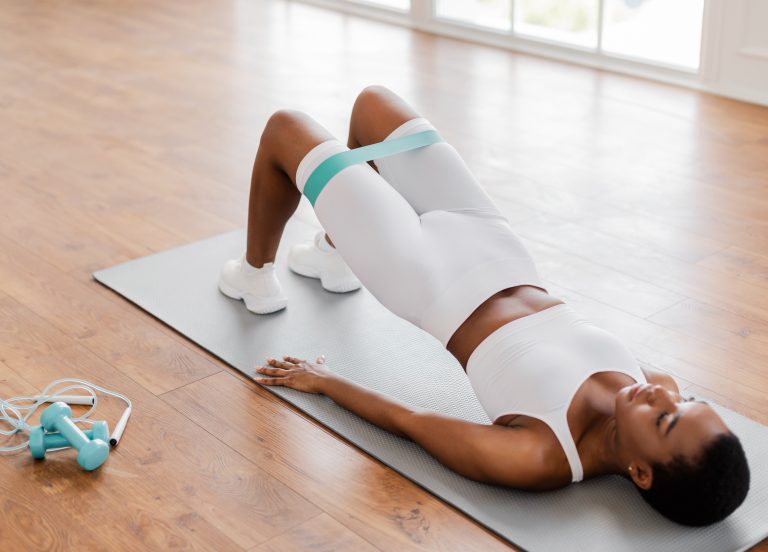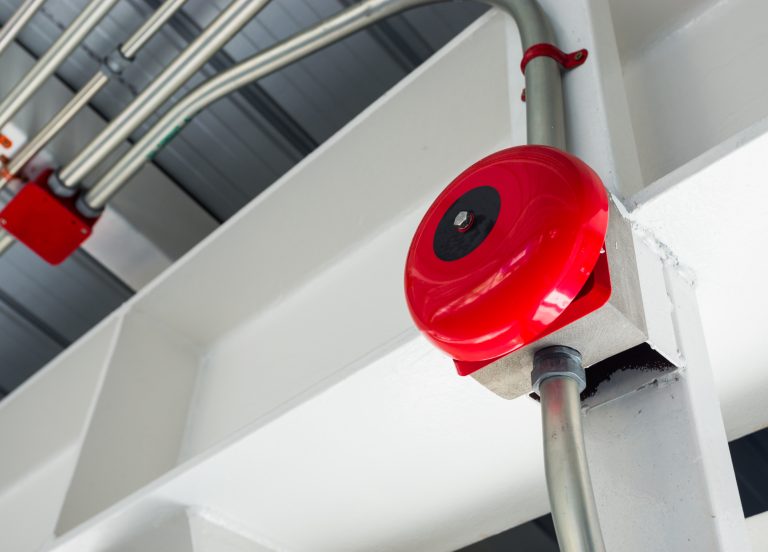Gravity, Sitting, and Low Back Pain
The causes of low back pain are many and varied – in short, the biomechanical interactions between different parts of the body are complex – but often, the hips below and/or the thoracic spine above (mid- upper back) are found to be implicated in some way.
The lumbar spine is designed to be a transmitter of rotational (twisting) forces from the lower to upper body, and vice versa: it is not designed to absorb rotational forces.
The hips and thoracic spines, on the other hand, due largely to the type and plane of their joints, rotate readily (when functioning well). When the hips and thoracic spine become restricted – again, for many and varied reasons, obvious ones being the effects of gravity, slumped postures, prolonged sitting etc – the lumbar spine has to start doing more rotation than functionally it is able to do. And that results in dysfunction: joint inflammation; disc bulges; muscular and ligamentous strains.






